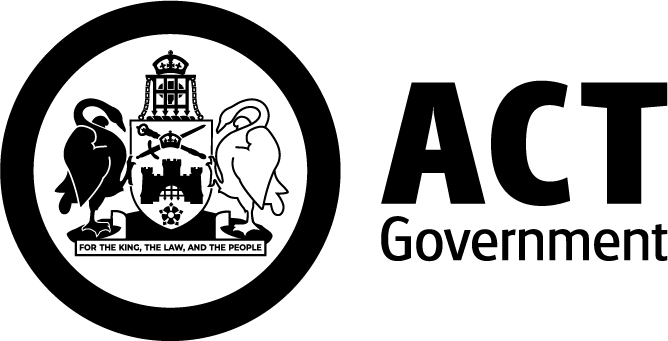Flood maps
Water is important for planning and building in Canberra. Our lakes help control rainwater from neighbourhoods and are designed to handle big floods. Floods are dangerous natural events. A big flood will usually only happen once every 100 years. This is called the 1% Annual Exceedance Probability (AEP).
It's important to know about the different types of floods, how risky they are, and how to get ready for them.
Types of floods
Riverine flooding
Riverine flooding happens when rivers overflow onto nearby land because of heavy rain. In Canberra, places like the Molonglo River and big creeks can flood like this. It can happen suddenly with heavy rain, or gradually as rain collects upstream and flows downstream. In Canberra, it's more common to have heavy rainfall than slow collection.
Flash flooding
Flash flooding happens when rain can’t drain away fast enough. They happen in short, intense storms, over a small area or catchment. It can happen anywhere if the rainfall is heavy and sudden. A riverine flood can turn into a flash flood under the right conditions.
Predicting floods
A 1% AEP is a rare, but big, flooding event that has a 1% chance of happening in a year. Canberra has had 2 major 1% AEP floods - one in Woden in 1971, and one in Lyneham in 2018.
The chance of a 1% AEP flood is calculated using:
- advanced computer monitoring
- past weather and rainfall data
- flood area conditions. .
Learn more about calculating the 1% AEP and use ACTmapi to check your flood risk.
Canberra’s flood maps
ACTmapi flood maps shows you where flooding might happen in Canberra. You can see:
- how far the water might go
- how deep the water might get
- how fast the water might flow, which tells you how risky it could be.
But flood maps can’t tell you everything. They don’t know how blocked drains or broken water systems will change the water flow. This means they might miss places where water may be stopped or redirected.
Look at flood maps on ACTmapi
Check flood maps on the ACTmapi website by following these steps:
- From the ACTmapi website, select the flood icon on the homepage to open the map. Review and agree to the terms and conditions.
- Select the layers tab to see and change the available map layers.
- Choose the map layer(s) you wish to display. 1% AEP flood extent is displayed by default. 1% AEP flood depth and hazard models may be displayed by ticking the check box
- Select the legend tab to see flood depth and hazard levels (layer must be turned on).
- Zoom in and out and pan to explore different locations.
- Current aerial imagery is available as a basemap.
How we’re managing flood risk
As the weather changes in Canberra, we might see:
- bigger and more intense storms
- less rain in spring and more in summer
- big storms after long periods of hot weather.
To protect the city, we’re working hard to keep Canberra safe from floods. Were completing:
- Stage 1: Gathering data to understand floods better.
- Stage 2: Studying floods to see how big the risk is.
- Stage 3: Looking at different ways to manage floods, including costs, people and the environment.
- Stage 4: Making a plan to manage floods and talking to our community.
- Stage 5: Putting our plan in place, including making sure it works.
